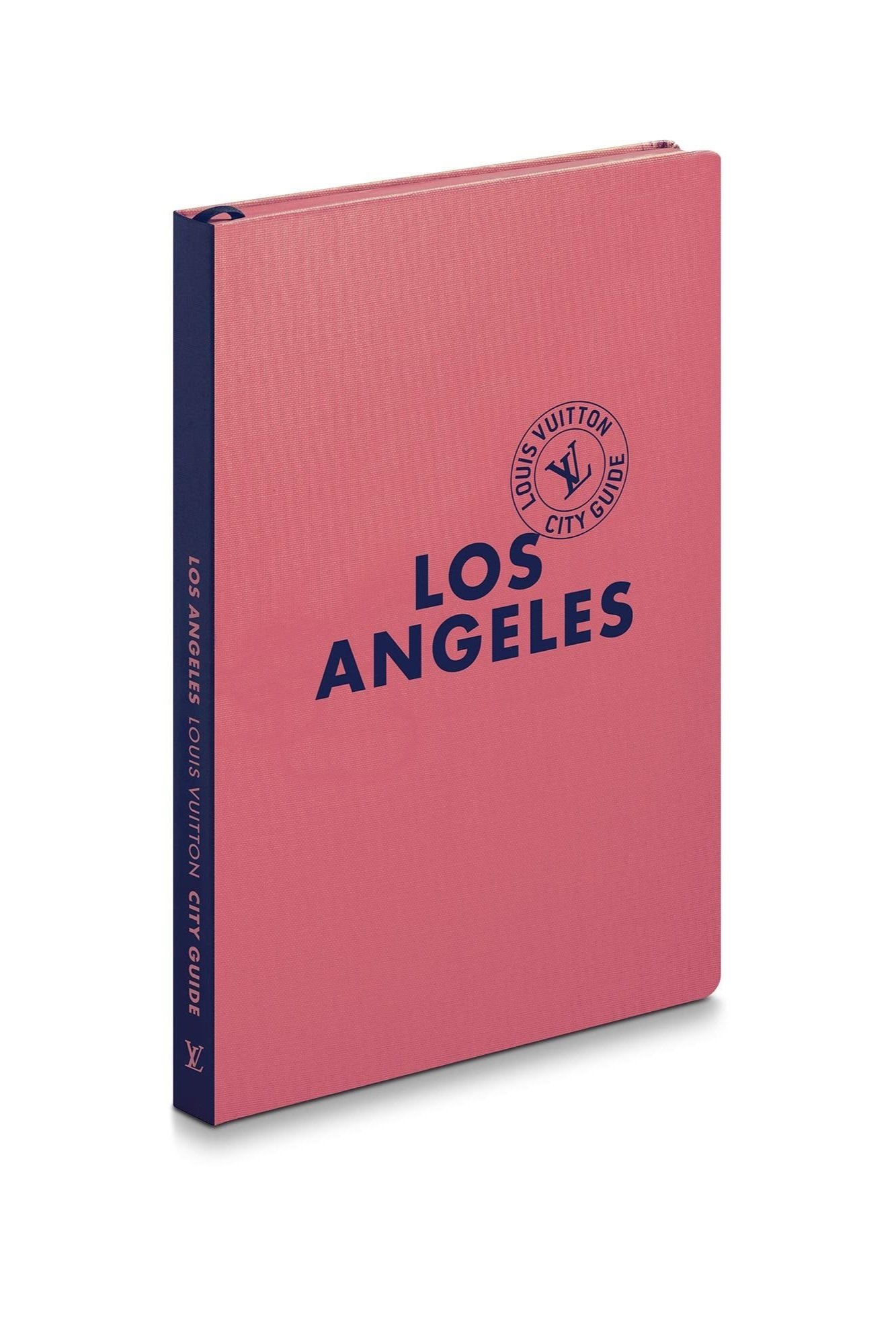Nothing to “Hide”? The Truth Behind the Leather Industry
The Leather Industry Fights Back… With a Misinformation Campaign.
Plant-based leather alternatives are becoming increasingly popular in the mainstream fashion industry, reaching the collections of prestigious fashion houses, as well as emerging designers and the leather industry is scared. Leather UK recently issued a ‘Global Leather Industry Position Statement on Leather Alternatives’. It sets out the key reasons why the sustainability claims of leather alternatives are questionable. It also reiterates that, as a “durable, biodegradable, circular material”, leather is preferable to synthetic materials with – at best – unsubstantiated sustainability credentials. Let’s debunk their claims:
"Leather is a long-lasting, biodegradable material made from a renewable residual product of another industry"
Reality: Leather is a co-product, not a “byproduct” of the unsustainable meat industry. Animal skins are sold for profit, not for waste reduction. Cow skins represent 6% to 8% of an American cow’s total cow’s value. Ranchers are incentivized to raise more cattle for profit increasing the negative impact on our environment.
"Emerging alternatives to leather are largely comprised of fossil fuel-based plastics"
Reality: Skins are transformed into leather through the tanning process, and 90% of leather is tanned with carcinogenic chromium and often with formaldehyde and arsenic. The vast majority of leather (around 80%) is produced using chrome tanning. The hexavalent chromium (chromium VI) used in the chrome tanning process is monstrously toxic – for humans, animals and the environment. It generates solid waste and industrial sewage at various stages of processing. Turning skin into leather requires massive amounts of energy and dangerous chemicals, including mineral salts, formaldehyde, coal-tar derivatives, and various oils, dyes, and finishes, some of them cyanide-based. It's not only that water is used up by leather production, but that it's polluted, too. Pre-tanning and tanning operations contribute about 90% of the total pollution caused by the leather industry. The pre-tanning operation causes differences in pH levels, thereby increasing the chemical oxygen demand (COD), total dissolved solids (TDS), chlorides, and sulfates in wastewaters discharged by tanneries.
“The leather industry’s upcycling of a residual material from the food sector reduces greenhouse gas emissions while creating a valuable and versatile product”
Reality: Animal agriculture is notoriously polluting and damaging, responsible for 18% of worldwide emissions. Livestock is the leading cause of deforestation in the Amazon. The real impact of leather MUST include the land and water resources wasted to raise, process and manufacture living beings.
“Little or nothing is known about the performance and composition of the ‘new’ materials or the sustainability of their related production processes”
Reality: Leather is the capitalization of death for profit in a very opaque and archaic industry. Plant-based alternative materials provide transparency, sustainability and innovation as core values. It's our responsibility to support this industry for the future of our planet. Plant-based leather is 100% cruelty-free and has a proven minimal impact on the environment. The leather industry is extremely opaque, it's very difficult to enter these facilities or to really know the numbers.
“In a recent analysis by the German institute FILK, none of the alternative materials could match leather across all functional performance parameters tested”
According to Kering’s Environmental Profit and Loss Report, leather does have an outsized impact compared to other materials. The impact is not calculated on the material only but all the resources that are wasted to create it including environmental impact. Let's not forget animal cruelty! Buying leather is financially supporting the slaughter of animals. As the world is phasing out of the meat industry, new material innovation is key for a sustainable future. More consumption of innovative leather alternative materials will improve their durability and scalability. What we do or do not personally choose to support has an impact, and so considering where our “dollar vote” goes is important because it can fuel innovation and create systemic change as a ripple effect.
An unpopular opinion and a topic often (sadly) avoided by advocates of sustainable fashion (who still push animal products as better for the planet)— Even the most common and criticized synthetic leather alternative (PU) —made of Polyurethane— is not a sustainable material, but it has a carbon cost that is about 7 times smaller than cow leather, when you look at carbon dioxide equivalent emissions (a measure used to compare the emissions from various greenhouse gases based upon their global warming potential). We know from MSI Higg data that PU leather production requires 14 times less water than cow leather, and my definition —because it is animal free— the negative land and biodiversity impact is a lot smaller despite being made principally from nonrenewable, fossil-fuel-derived resources. Of course, we prefer to promote the use of plant-based alternatives and second-hand, vintage leather instead of PU, but it’s important to debunk the leather industry’s claims and greenwashing.
Let’s not forget, as the world is phasing out of the meat industry, new material innovation is key for a sustainable future. The global hide market continues to weaken and the leather industry is scared, not because it wants to protect the planet but because their profits are sinking. Leather is the skin of an animal, just like fur... Buying leather as a co-product is financially supporting the slaughter of animals. However, we encourage you to buy second-hand leather, what is important is to discontinue supporting a barbaric industry that, just like fur, belongs in the past.




